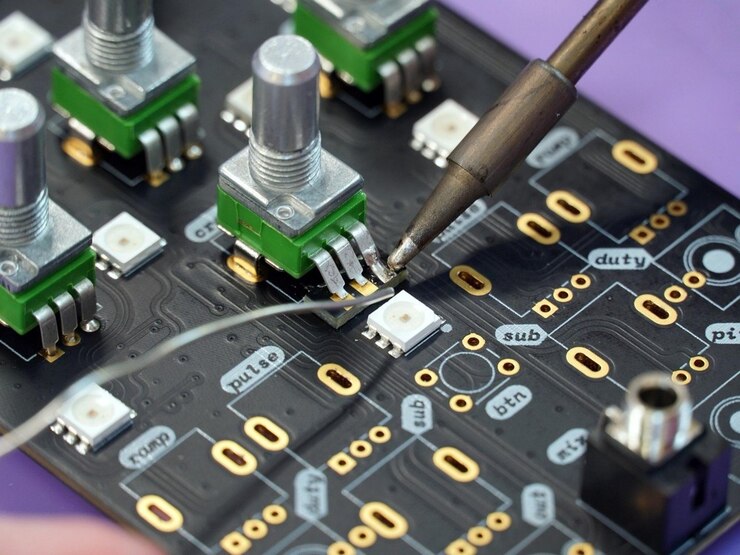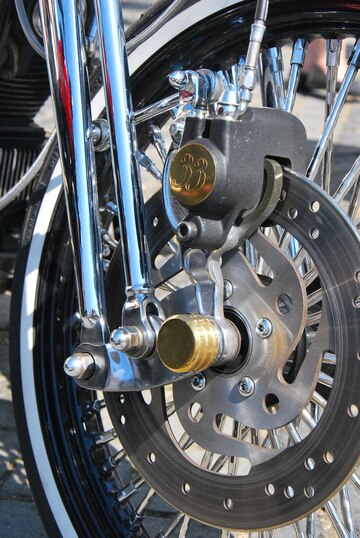Introduction to DB Technology Hoot Circuit Board and Transducer
db technology hoot circuit board replacement transducer In the intricate world of electronics boards and transducers stand out for their reliability and precision. Designed to facilitate seamless communication within various devices, these components are essential for maintaining optimal performance in your equipment. Whether you’re a seasoned technician or a DIY enthusiast, understanding the fundamentals of these components and knowing when and how to replace them can save you both time and money.
In this post, we’ll explore the intricacies of DB Technology Hoot circuit boards and transducers, the importance of regular maintenance, telltale signs that indicate the need for replacement, and provide a step-by-step guide to the replacement process. By the end of this guide, you’ll be equipped with the knowledge and confidence to tackle these replacements like a pro.
The Importance of Regular Maintenance and Replacement
Regular maintenance of your DB Technology Hoot circuit board and transducer is crucial for ensuring the longevity and efficiency of your equipment. Neglecting these components can lead to subpar performance, costly repairs, and even the complete failure of your devices.
First, regular maintenance helps to identify potential issues before they escalate. By routinely inspecting your circuit board and transducer, you can spot signs of wear and tear, such as corrosion or damaged connections, early on.
Secondly, replacing worn-out components on time can prevent more extensive damage. A malfunctioning circuit board can affect the entire device, leading to a domino effect of failures. Regular checks and timely replacements keep everything running smoothly .db technology hoot circuit board replacement transducer
Lastly, maintaining these components ensures that your equipment operates at peak efficiency. Over time, even the best components can degrade, affecting performance. Regular replacement keeps your equipment functioning at its best, ensuring that you get the most out of your investment.
Signs Your Transducer or Circuit Board Might Need Replacement

Knowing when to replace your DB Technology Hoot circuit board or transducer is vital. Here are some common signs that indicate it might be time for a replacement.
One of the most obvious signs is erratic behavior in your device. If your equipment starts to malfunction or exhibit strange behaviors, such as unexpected shutdowns or erratic outputs, it could be due to a failing circuit board or transducer.
Another sign is physical damage or wear. Regular inspections can reveal visible signs of damage, such as burnt components, corroded connections, or broken traces on the circuit board. Similarly, a transducer showing signs of physical wear or damage should be replaced immediately.
Lastly, if your device’s performance has noticeably declined, it might be due to aging components. Reduced sensitivity, slower response times, or less accurate outputs are all indicators that it might be time to replace the transducer or circuit board.
Step-by-Step Guide to Replacing the Transducer or Circuit Board
Replacing your DB Technology Hoot circuit board or transducer can seem daunting, but with the right tools and guidance, it’s a manageable task. Follow these steps to ensure a smooth replacement process.
Step 1: Gather Necessary Tools
Before starting, make sure you have all the necessary tools. This typically includes a screwdriver set, pliers, a soldering iron, desoldering braid, and the replacement circuit board or transducer.
Step 2: Power Down and Disassemble
Ensure your device is powered down and unplugged. Carefully disassemble the device to access the circuit board or transducer. Take note of how everything is connected so you can reassemble it correctly later.
Step 3: Remove the Faulty Component
Using your soldering iron and desoldering braid, carefully remove the faulty component. Be gentle to avoid damaging the surrounding circuitry. Once removed, clean the area to ensure a good connection for the new component.
Step 4: Install the New Component
Place the new circuit board or transducer in position and solder it into place. Ensure all connections are secure and that there are no cold solder joints or short circuits.
Step 5: Reassemble and Test
Carefully reassemble your device and power it on. Run a series of tests to ensure that the new component is functioning correctly and that the device operates as expected.
Best Practices for Extending the Lifespan of Your Equipment

Maintaining your DB Technology Hoot circuit board and transducer is not just about replacing components when they fail. Adopting best practices can significantly extend the lifespan of your equipment.
Firstly, keep your equipment clean and free from dust and debris. Dust can cause overheating and lead to component failure. Regularly clean your devices using compressed air or a soft brush.
Secondly, ensure proper ventilation. Overheating is a common cause of circuit board and transducer failure. Make sure your devices have adequate ventilation and are not placed in confined spaces where heat can accumulate.
Lastly, handle your equipment with care. Avoid dropping or subjecting your devices to impact, as this can cause physical damage to the circuit board and transducer. Also, use surge protectors to prevent damage from power surges.
Testimonials and Success Stories from Users
Hearing from others who have successfully maintained and replaced their DB Technology Hoot circuit boards and transducers can be incredibly motivating. Here are some stories from satisfied users.
John, a small business owner, shared how regular maintenance and timely replacements have kept his equipment running smoothly. “I used to face frequent downtimes, but since I started regular checks and replacements, my equipment’s reliability has improved drastically.”
Sarah, a DIY enthusiast, successfully replaced her circuit board following our guide. “I was nervous at first, but the step-by-step instructions made it so easy. My device is working perfectly now, and I feel more confident in handling repairs myself.”
These success stories highlight the importance of regular maintenance and the tangible benefits of replacing faulty components on time.
Conclusion
The Future of DB Technology Hoot Circuit Board and Transducer
As technology advances, the role of DB Technology Hoot circuit boards and transducers will only become more critical. Staying proactive with maintenance and replacements ensures that your equipment remains efficient and reliable.
Remember, regular checks and timely replacements are the keys to extending the lifespan of your devices. By following the steps outlined in this guide, you can confidently handle replacements and keep your equipment running at its best.






